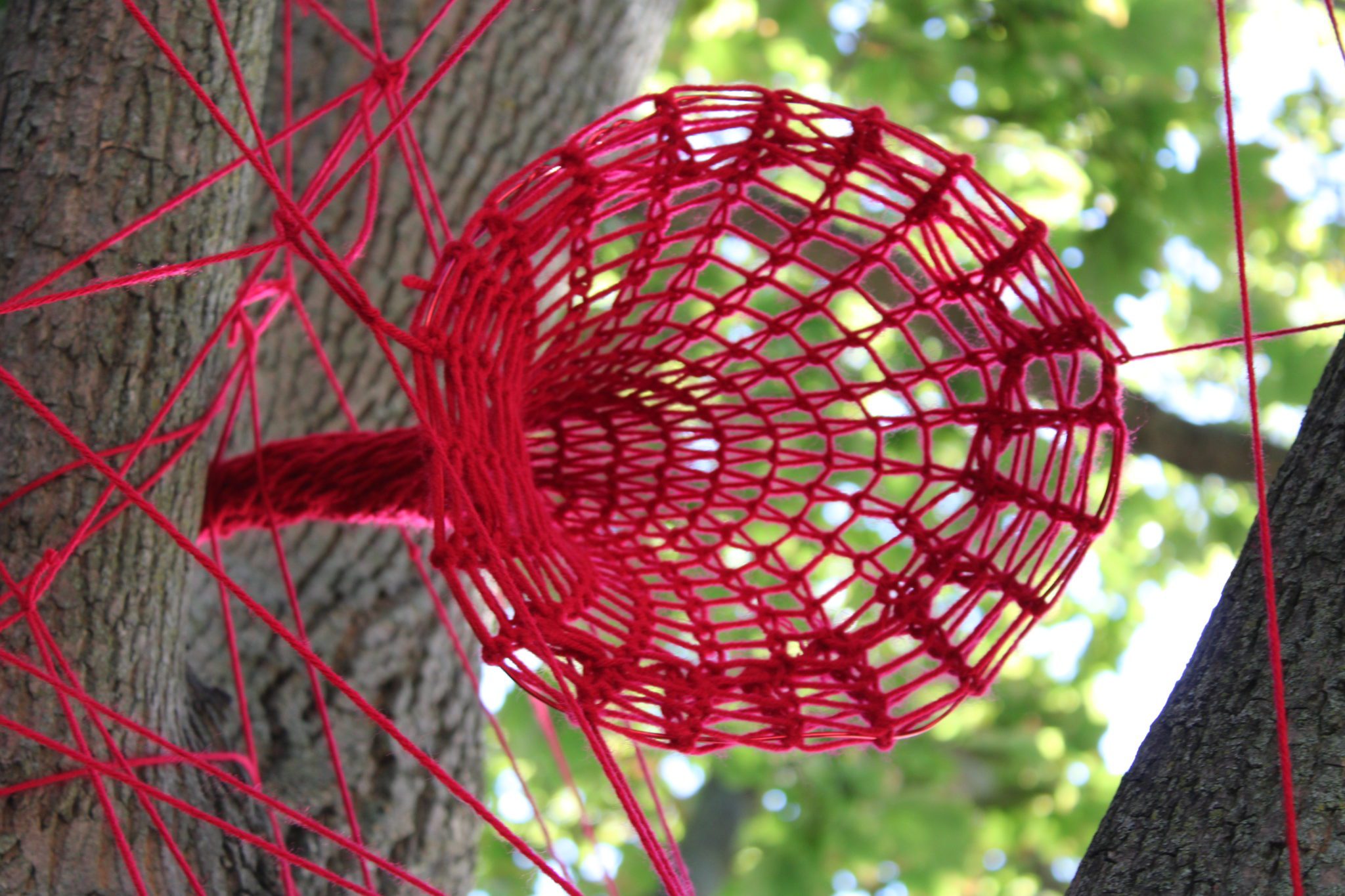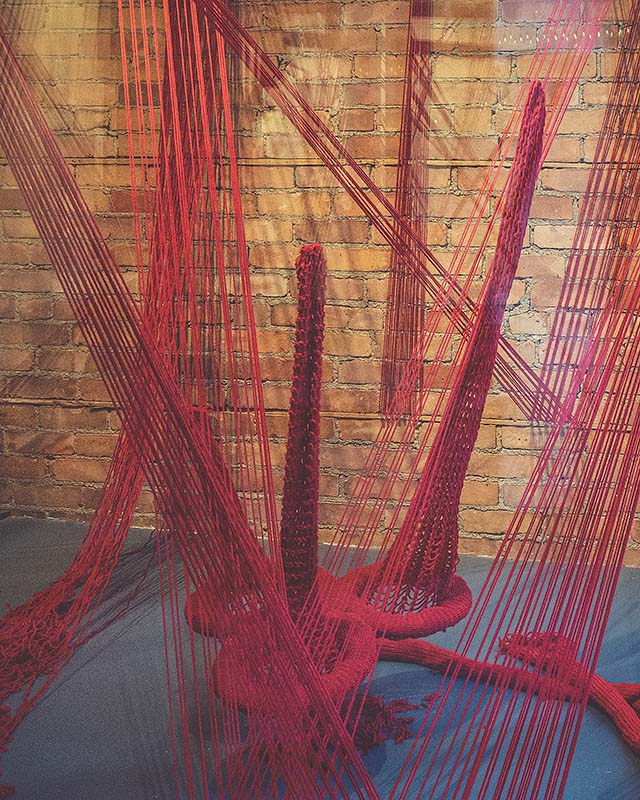Beginning Wednesday 20 October in NAC’s Plate Glass Gallery
NAC is pleased to present Hope and Healing Canada, an installation in NAC’s Plate Glass Gallery by Métis encaustic sculptor Tracey-Mae Chambers. From the pandemic, battling racial discrimination, to the forgotten Indigenous children in the discovery of numerous mass graves across Canada, Tracey-Mae Chambers’ installation asks us to stop, take a breath, and consider where we go from here, individually and collectively, and how do we stay hopeful?
Artist’s Statement
The last sixteen months have been devastating. Every human on the planet has been affected by Covid-19. Artists are leaving their practices due to poverty, depression, and just giving up.
In my own small world, I lost my scheduled exhibitions, group showings, the galleries that carried my work closed; we were without a home for a brief period after coming home to Canada from a five-month stay in Arizona as there was nowhere to bring our trailer which is our home. We moved six times between April 2020 and August 2020; like everyone else, we were isolated from friends and family who we had already not seen for five months. We witnessed a double murder in the apartment above us, and my mother died. Sounds like a lot, right? It is nothing compared to other families.
Those affected by the virus and the weight of the daily news, which highlights not only Covid numbers but unrest around the world, racial discrimination, the discovery of the unmarked graves of forgotten Indigenous children, prolong the strife. The discovery of these unmarked graves illustrates the almost total lack of meaningful connection between settlers and Indigenous communities. The apparent surprise by many Canadians at the discovery of these unmarked graves seems surreal to me. The discovery surprises no one in Indigenous communities; however, the recording of the number of graves found is reminiscent of assigning numerals to ‘students’ as their names were too difficult to pronounce. I have a personal friend who still wears the ‘tag’ with his number imprinted on it, reminding him of his torturous time in the residential school.
The bad news goes on and on. How do we pick up the pieces of our lives? Individually and collectively. How do we heal and stay hopeful?

Photo by Tracey-Mae Chambers, installation at McMaster University, Hamilton.
Hope and Healing. We must remain hopeful to heal. There is still so much that connects us to one another. Has the pandemic made that more apparent to everyone? I have been building as many temporary installations across Canada’s outdoor spaces as is possible. They are constructed with red string. Red is the colour of blood, the colour of passion and of anger. It is the slur against Indigenous and represents danger and power. It can also represent courage and love. This is the focus of my work. These installations are detailed and temporary. They will be created photographed and then removed on the same day. There is no waste. The very same string is used in the next installation. Although painstaking it is worth every ounce of effort. I have included photos of a few I have built. I can build anywhere. The challenge of an unknown environment to build in is part of the point. I must adapt. We all must.”

Using Thousands of Metres of Red String,
this Métis Artist is Bringing a Message of Healing Across Canada
Article by Leah Collins, CBC Arts


